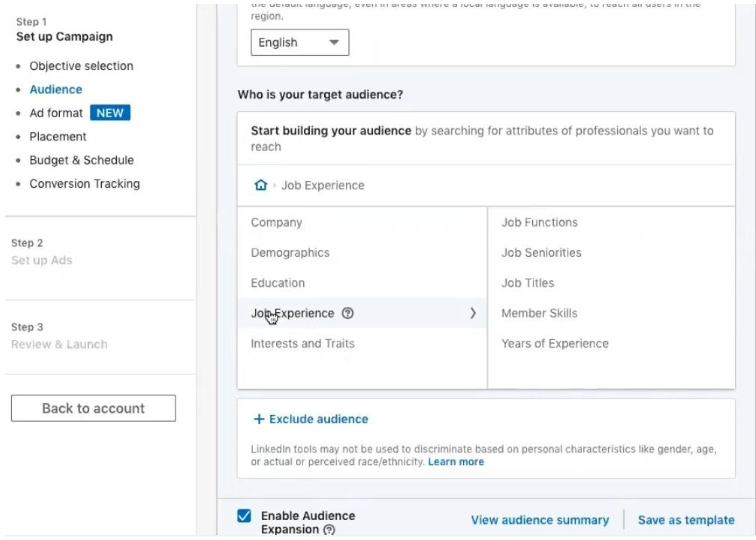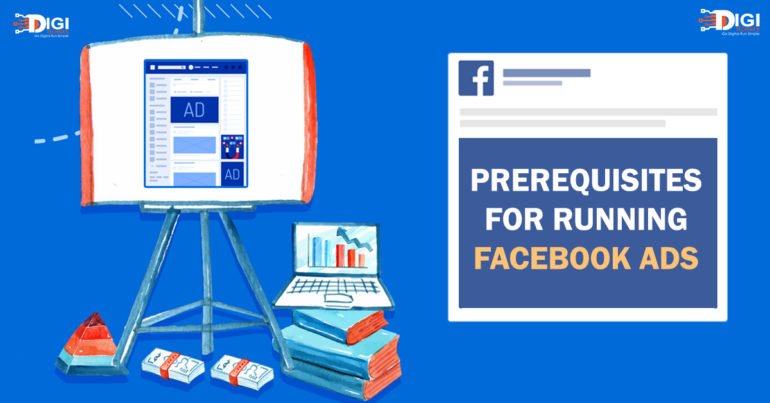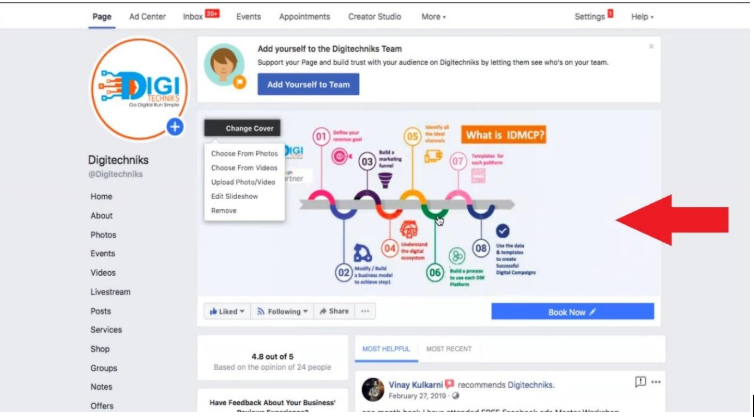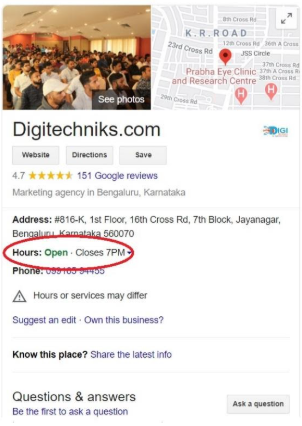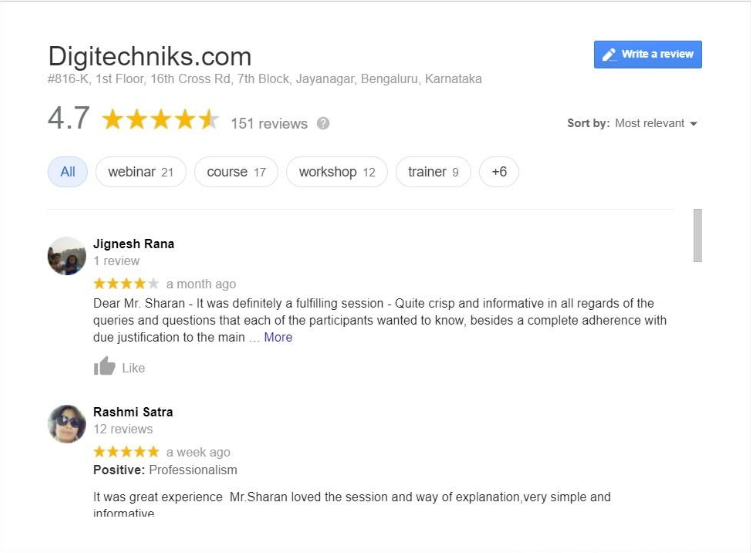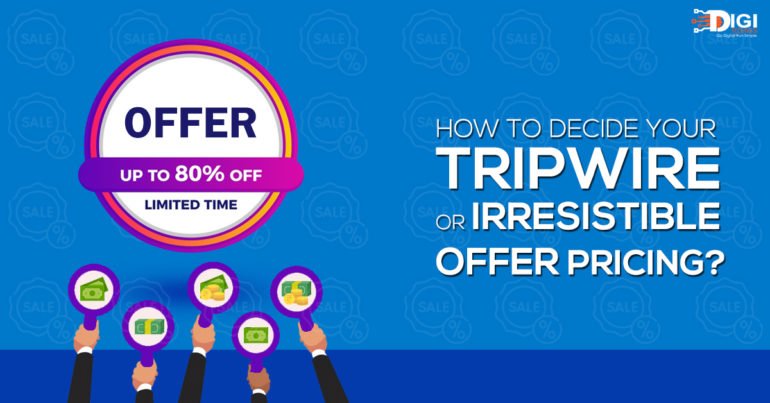
How Solar Businesses Can Close More Deals & Generate More Sales Using The Power Of Digital Marketing
When was the last time you listened to the radio or watched TV for hours together?
We’re pretty sure that you don’t remember, right?
It’s safe to say that the attention has shifted today – From offline channels like TV, newspaper, radio, etc to the Internet.
But we still see a lot of Solar Businesses/Installers doing site visits & relentless fieldwork. Yes, it’s necessary to do so, but it involves a ton of time investment.
You see, consumer behavior has changed in recent years. Our attention spans have reduced drastically & we crave for instant gratification.
The Internet is where consumers do their research before they decide to make a purchase.
And the same principle holds good for the Solar Industry as well. People first research on the process of going solar & then begin the hunt for Solar Companies online.
So it is high time that you as a Solar Business start leveraging the power of Digital Marketing to generate positive ROI, save a ton of time, & automate your business.
In this blog, you’ll learn our battle-tested 6 step customer acquisition process for Solar Business that works like a charm!
Are you ready? Let’s dive right in
Step 1: Craft a mouth-watering lead magnet
A lead magnet is anything of high perceived value that you offer to your audience in exchange for their contact information (name, email, etc). A lead magnet should be hyper-specific & created keeping your ideal target audience in mind.
Examples of lead magnets for Solar Businesses: An ebook on “things to keep in mind while picking a Solar Installer”, Case study of how XYZ client of yours was able to reduce their electricity bill by 90% by going solar.
PRO TIP: Identify your dream customer before creating a Lead Magnet
Also, Read 5 Step Lead Magnet Creation Process for Positive Digital ROI
Step 2: Nurture The Leads Generated Via Autoresponders
The leads generated should be plugged into a CRM tool. I.e. The form used to collect contact info should be integrated with the CRM tool in order to set up a sequence of automated email messages (AKA autoresponders).
In these automated emails, you give them (your audience) immense value & create a relationship.
Your autoresponders sequence can have below content:
- Welcome Email and Brief description of your product/service
- Success Stories and Testimonials
- Blogs
- Company Recent Achievements
- Expert Advice
- Promotional Mailer to Sell TripWire which will be explained in Step 3
PRO TIP: Being salesly in the autoresponder emails is a huge turnoff. DON’T do it.
Also, Read 11 Steps Email Marketing Checklist
Step 3: Create An Irresistible Tripwire
Tripwire is a low-ticket offering that is of super-high value. The objective of the tripwire is to convert your leads into paying customers.
Getting people to pull out their cards & spend money is perhaps the most difficult thing in marketing, but an irresistible tripwire will help you do it seamlessly.
Example of tripwire for Solar Businesses:
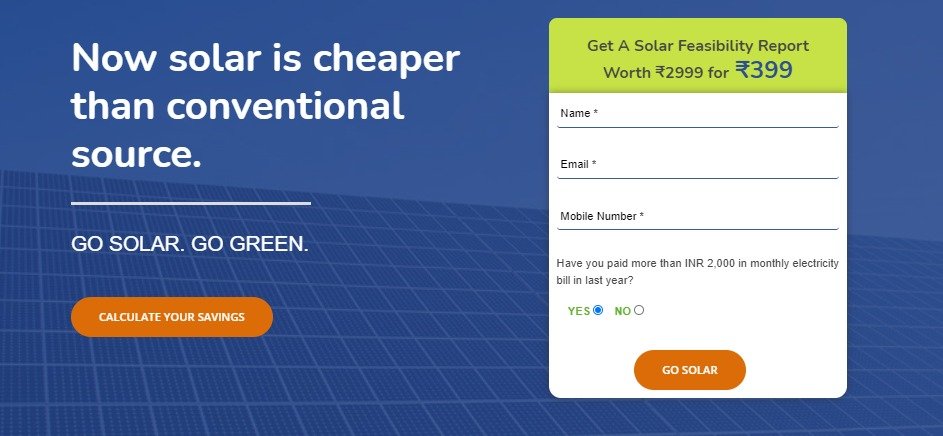
Step 1 & Step 2 are automated processes. At this step, you actually start engaging with your customer after they buy your Tripwire, gain their trust, & make them comfortable to buy your higher value products/Services.
Tips for the Tripwire:
- It should be an irresistible offer
- Don’t charge more for the Tripwire.
- By Selling you make lesser or no profit. But don’t go into losses.
- 30% of the prospects who bought your tripwires should buy your higher-value offerings.
Also, Read How to Decide Your Tripwire or Irresistible offer Pricing?
Step 4: Sell Your Core Product/Service
After nurturing your prospects, & offering them your tripwire, the next step involves offering the Tripwire buyers your core offering (main offering) i.e. Solar installation services
This is the crux of your business.
Examples of Core products/services wrt the Digital Marketing Industry:
- 6 Month Digital Marketing Service offering
- Linkedin Annual Premium Membership ( Sales navigator, Talent Solution, and Learning Solutions)
- Annual Subscription to your Tool
Step 5: Offer Upsell (Profit Maximizer)
It’s a well-known fact that it’s easier to sell to your existing customers rather than acquiring new customers.
Upsell or a profit maximizer is an optional upgrade that enhances the original (core product) purchase. It should perfectly complement your core product.
The objective of this step is to give your customers a better experience by offering them an upsell & increasing your profit margins. It’s a win-win for both parties!
Examples of Upsells for a Solar Business:
PRO TIP: Include a maximum of 3 upsells in your customer acquisition funnel
Step 6: Create a Return Path
Up until now, we have taken the consumer from a stranger to a paying customer. Now it’s time to convert this paying customer into our loyal fan & make him/her our brand advocate.
To achieve this objective, we must keep in touch with our customers constantly. This can be done via email marketing, SMS marketing, retargeting ads on Facebook & google
The goal here is to delight the customers by making them feel extra special. Shooting out an email wishing them on their birthdays, anniversaries or any special occasions will ensure that your brand name remains on top of your Customer’s minds
In other words, the brand recall value increases.
At this point, you might be wondering “Why should I go the extra mile in wooing my customers?”.
Reminding you again: Acquiring new customers is far more difficult than retaining your existing ones.
Also, Read 6 Steps Customer Acquisition Formula
The amount of time, money & resources required to acquire new customers is a whole lot more in contrast to customer retention. Extra points if you’re doing both successfully.
Plus, you don’t need to spend money on ads, create lead magnets/tripwires to sell products to your existing buyers. This makes things a whole lot easier & simpler.
Your existing customers tend to trust you, at least to a certain degree
Creating a return path ensures that they don’t think twice before swiping their cards to purchase your products. In simple words, the customer lifetime value (LTV) increases drastically.
WRAPPING UP
Implementing Digital Marketing for your business is not rocket science. However, it does involve creating systems, strategies, tactics, offers, funnels, etc. But when done right, you’ll reap the rewards because a digital business is scalable & the profit margins are high. More importantly, you save time by creating automated systems.
So if you’re a Solar Business who wants to know how you can be benefited from our services, Schedule a Consultation Call by Paying 100% Refundable Advance payment of Rs. 2000.



